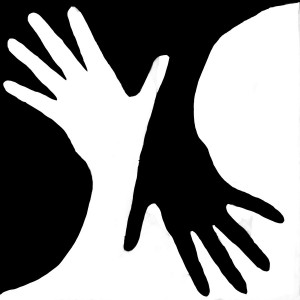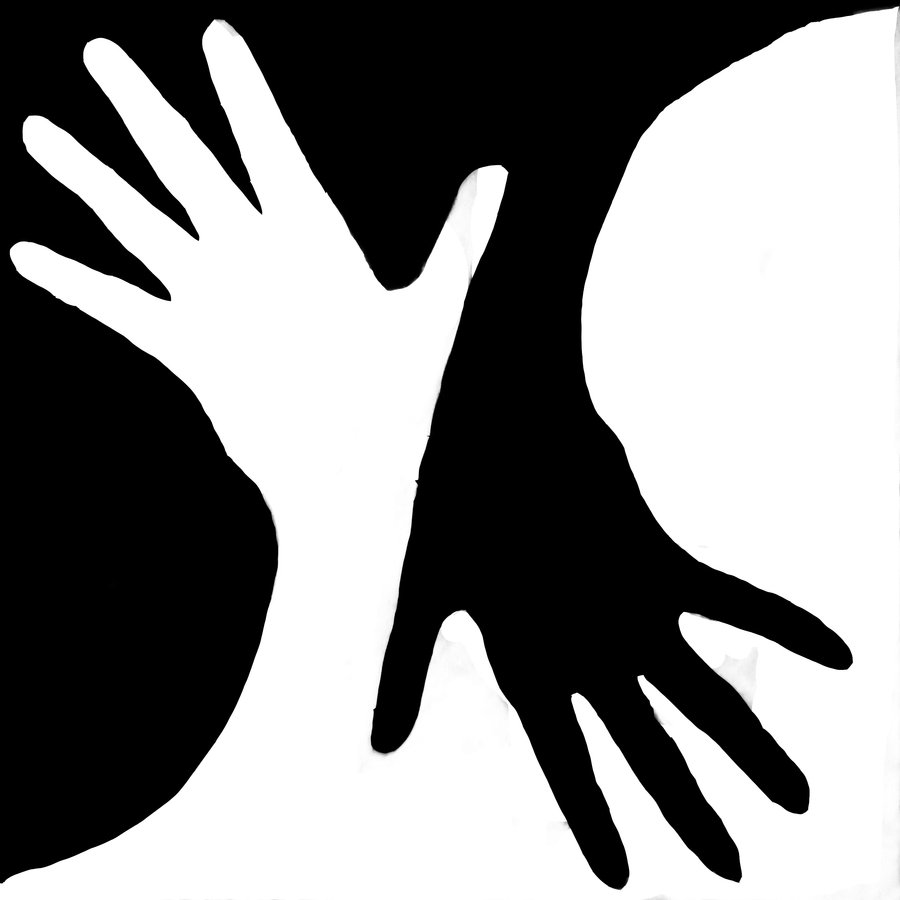Once upon a time I worked in a forward thinking company. Diversity was a hot and much discussed topic well before it was lukewarm anywhere else. The leaders in this company knew the world was changing and that power would not continue to be held only by men of the white race. They confronted their fears and their sense of loss. They helped other do so as well. On the other side of fear, excitement grew. These were visionary leaders who saw and decided to embrace a changing reality. They also helped to shape it.
We assembled in Core Groups. They were comprised of 8-10 people, members of various identity groups, including race, gender, size, gender preference, diversabilities, etc. In these groups we talked about our differences and our sameness. We also discussed our “isms” about these differences. Facilitators and ground rules made it as safe as possible for us to talk openly about the good, the bad and the ugly. We felt challenged, anxious, fearful, excited, rewarded, engaged, expanded, close to each other, far apart from each other, and more.
My colleague Katy recently shared this story about her experience regarding race in one such Core Group.

Discovering I am a Woman of the White Race
Katy had recently accepted a role in corporate headquarters, and needed to relocate. Dianne, one of the highest ranking African American women in the company, was there to help. She found a house in her neighborhood for Katy. They shared dinners, friends, family gatherings and important networks.
They also became members of the same Core Group. At one particular meeting, participants were asked to list the slang that members of their identity group (black, gay, etc) used for members of the “other” groups. Next, they shared these lists in dyads. Katy and Dianne partnered for the exercise. Dianne began to read her list of names for white people.
Honky
Whitey
Cracker
Dweeb
Katy and Dianne laughed, together…..
for a while until…
Katy asked,
“Dianne, you don’t mean…me?”
Dianne replied,
“Yes, I do.”
And that is when everything changed for Katy.
She became aware for the first time that she is a white woman. She is a woman others identify as being of the white race. She is white to the other race. Until then, they had been the other. They were of many different racial groups. But Katy had not seen herself as a they to others until that moment.
Never before had she considered that she was a woman of a certain race.
White, after all, is neutral.
Until it isn’t,
Which is the moment you see your own “ism” through the lens of another’s ism.
Fortunately, I too have had such eye-opening experiences.
This is one way of beginning to understand what it means to talk about race.
From a white woman’s perspective.


